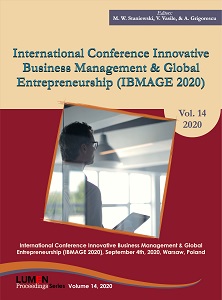Innovative Solutions for Local Public Administration in the Process of the Waste Collection
Innovative Solutions for Local Public Administration in the Process of the Waste Collection
Author(s): Răzvan-Aurelian Munteanu
Subject(s): Environmental interactions
Published by: Editura Lumen, Asociatia Lumen
Keywords: innovation;sustainable development;waste collection;
Summary/Abstract: Sustainable development has always been one of the most important policies implemented by the European Union, mentioned in different treaties over time. In 2015, European Union is setting 17 Sustainable Development Goals (SDG) with 169 targets within the 2030 Agenda for Sustainable Developement. European Union is preseting the SDG 11 Goal aim ”to renew and plan cities and other human settlements in a way that they offer opportunities for all, with access to servicies, energy, housing, transportation, green public spaces, while improving resource use and reducing environmental impacts”.The EU is monitoring the progress towards SDGs for all member states through different indicators, like the recycling rate of municipal waste for SDG 11. In 2018, Romania has the recyling rate of municipal waste of only 11,11%, far away from the average of EU of 47,4%.The local public administrations have an important role in increasing the recyling rate, by providing the best services for the citizens and, in the same time, by reducing the costs of these services. In this matter, the paper presents an innovative solution regarding the waste collection in the largest District from Bucharest, Romania.The underground waste collection platforms represent and alternative for the classic platforms and the innovation comes from the smart component that they integrate, represented by the filling sensors that communicate directly to the sanitation operator.The monitoring system has direct effect by incresing the efficiency of the waste collections process, as follows: reduces the waste collection cost by 50%; improves the services provided for the citizens; predicts waste generation patterns based on data; refines waste collection processes over time; optimizes routing and navigation etc.
Book: International Conference Innovative Business Management & Global Entrepreneurship (IBMAGE 2020)
- Page Range: 140-156
- Page Count: 17
- Publication Year: 2020
- Language: English
- Content File-PDF

